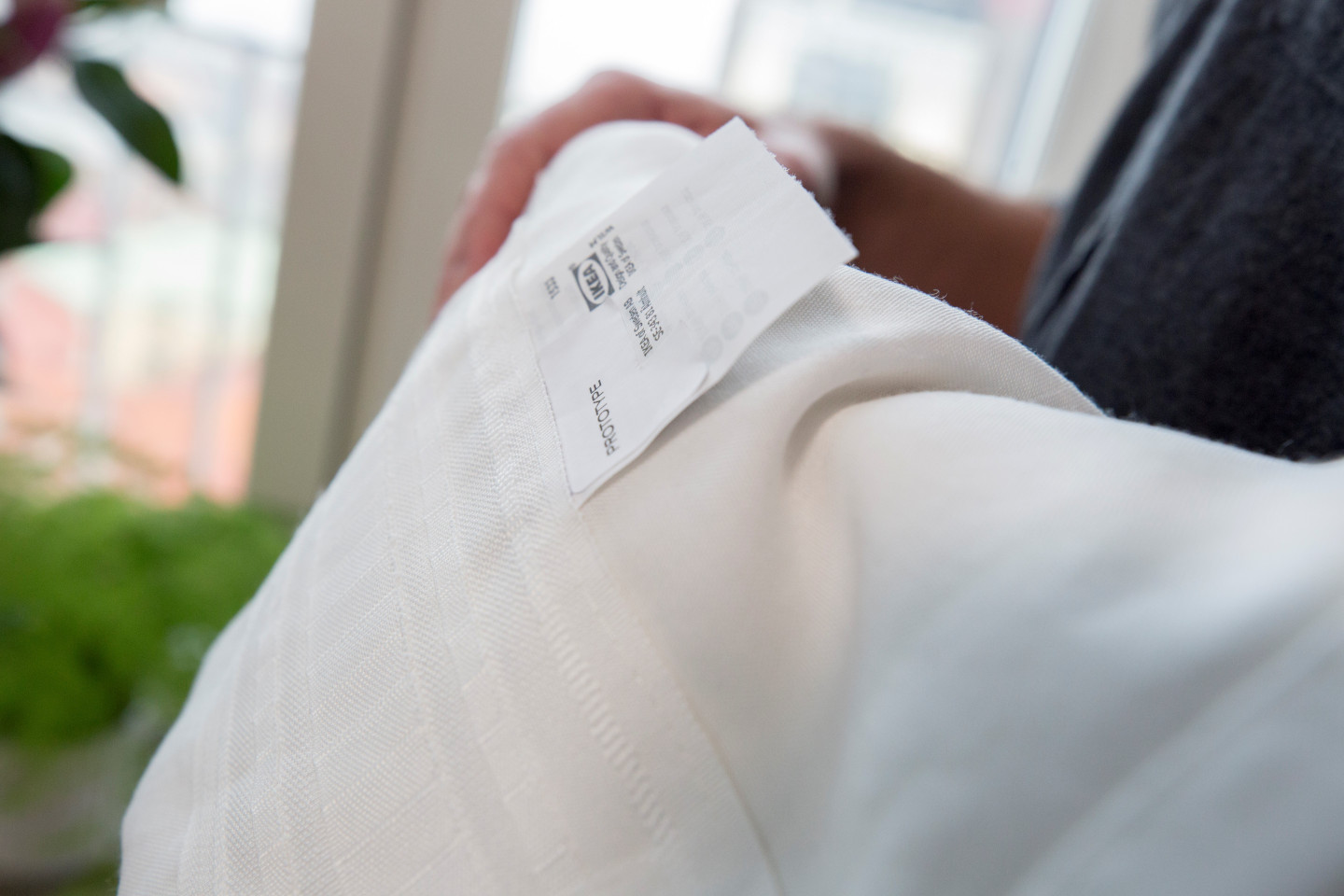How can we reduce air pollution in the built environment?
From burning candles, to car exhaust fumes, air pollution has a major effect on health and well-being.
According to The World Health Organization, 2.4 million people lose their lives each year from diseases caused by air pollution — for example, skin diseases, eye-infections, respiratory diseases and blindness.
A report published in the Journal of Psychiatric Research states that air pollution can have a long-term impact on mental health, with children who live in highly polluted environments being more likely to develop depressive disorders as adults.
In London, green initiatives have sprung up across the capital — living lamps have air purifying plants entwined around them to clean the air, and plant-covered tower blocks and roof systems such as Sig Design Technology's innovations are designed to tackle air pollution and improve well-being.
Wired reported on ecoLogicStudio’s Photo.Synth.Etica, a “biocurtain” attached to a facade that captures one kilogram of carbon dioxide per day and cleans the atmosphere around the building. Visual artists such as Daan Roosegaarde are tackling air quality by constructing sculptural pieces such as his ‘Smog Free Tower.'
The impact of air pollution can also follow us into indoor spaces; research has found that people in urban environments spend more than 80% of their lives indoors, and, according to The Wellbeing Experience, 90% of the air that people breathe in each day is indoor air.
Reducing air pollution in the home
3M are developing roofing granules that suck smog from the atmosphere by using UV rays. The photocatalytic coating on the granules generates radicals that bind with the chemical compounds in the polluted air, transforming them into water-soluble ions (which eventually wash away).
Ceramic manufacturer ‘Active Ceramic’ are constructing pollution-reducing ceramics that transform harmful pollutants into harmless salts.
Paint manufacturer Airlite neutralises pollutants; from airborne bacteria to nitrogen oxide.
In 2020 IKEA is launching sustainable curtains to combat air pollution.
Investing in technologies such as Dyson’s Hot+Cold can help improve air quality as the system combines its air multiplier technology with HEPA, a fan heater and carbon filters.
Halton are providing systems which allow occupants to monitor air quality within buildings.
Ecoprogram Group has launched theBreath® fabric which is designed to adapt to any space and reduced the pollutants generated by heating systems and chemical products.
Incorporating indoor plants into the home can result in a number of benefits including: the reduction of respiratory disease, recovering from surgery quicker, better sleep, increased mood and overall well-being.
Plants that reduce pollutants indoors:
Peace Lily
Spider plant
Snake Plant
Devil’s ivy
Weeping fig
Halton’s technology is available to view at ‘The Wellbeing Experience’ which is located at the Building Centre. The Wellbeing Experience is a live exhibition and coworking space directed to anyone passionate about how the built environment affects our well-being and health. To view more, visit their website.
